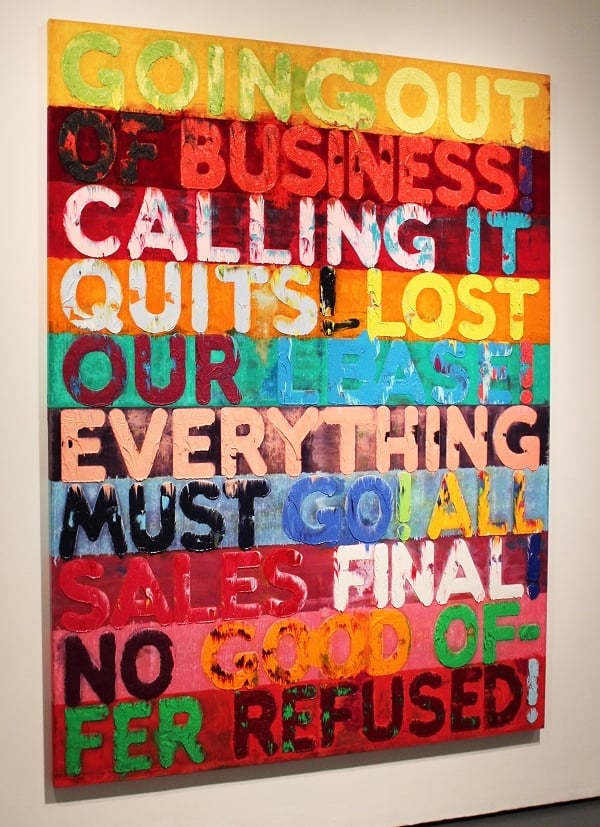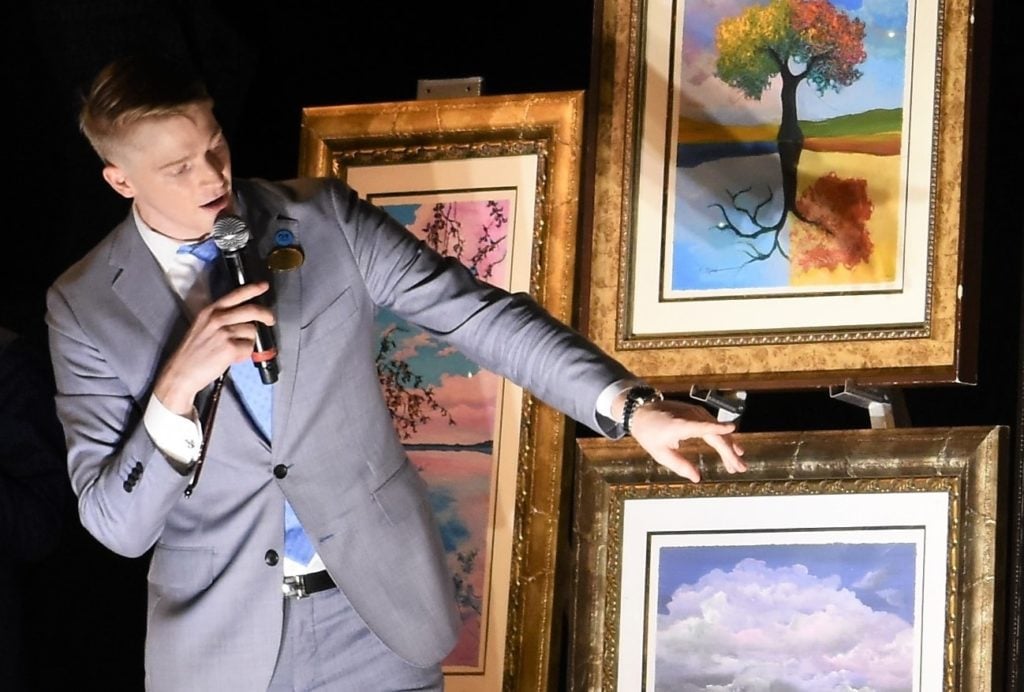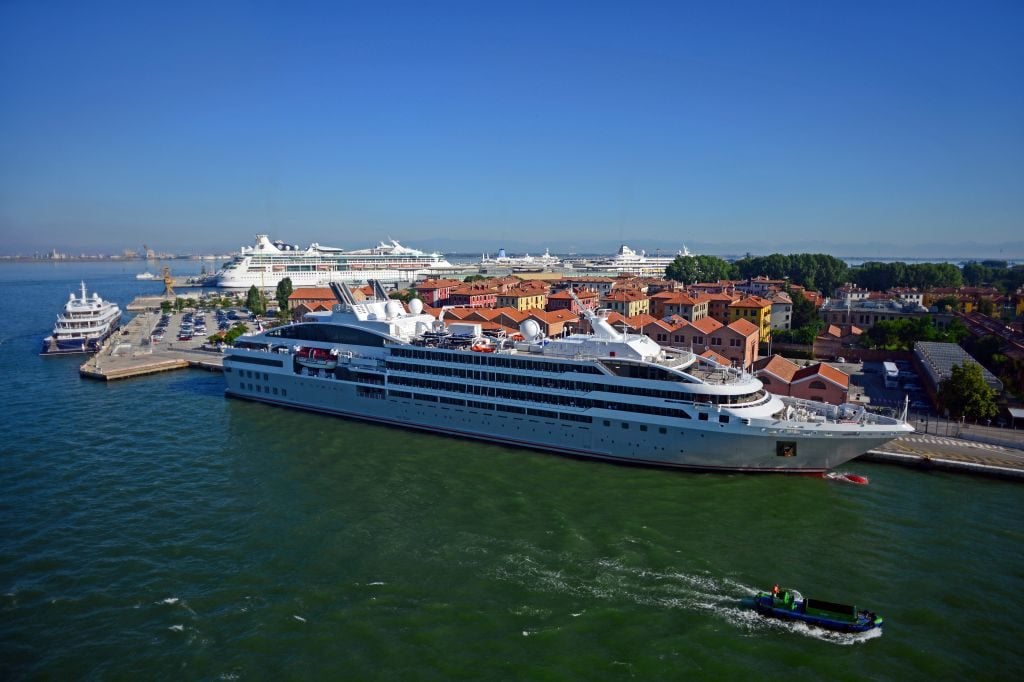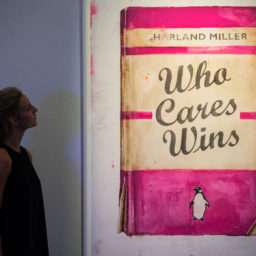Every Monday morning, Artnet News brings you The Gray Market. The column decodes important stories from the previous week—and offers unparalleled insight into the inner workings of the art industry in the process.
This week, looking for leading indicators about the other side of this mess…
OPENING DAY
On Wednesday, Chinese officials allowed outbound travel from Wuhan, where the current transcontinental crisis quietly originated near the close of 2019, for the first time in more than 10 weeks. Early reports from the city suggest that, even after social distancing relaxes in the global West, a true economic recovery will be slower than businesses would otherwise hope. But as one wild counterexample shows, whether or not the art market follows suit may depend on just how differently the various stakeholders are wired than the average person.
Although life in Wuhan is now ostensibly freer than it has been since the Communist Party imposed the world’s most aggressive lockdown there in late January, several restrictions still stand between the city’s population and a true reunion with normalcy. On the commercial side, the government has opened up the definition of “essential” businesses to include industries such as car manufacturing, allowing roughly 94 percent of the city’s enterprises to resume operations—at least, if you take its deputy mayor at his word.
However, many of those businesses have called back only a fraction of their workers, and others, such as real-estate agencies, remain shuttered. Bloomberg relays that “shopping malls have re-opened, but they’re largely empty, most people still too scared to go out for anything but essentials.” Case in point: one retail worker relayed that he and his associates at a Wuhan mall’s Calvin Klein store, which normally does about $2,800 in sales every weekend, had collectively witnessed a grand total of two purchases since welcoming customers again on March 30.
In fact, the bulk of the activity in Wuhan’s malls so far seems to consist of demonstrations for rent relief from the owners of the small shops inside, most of whom “haven’t had any business” at all.

Mel Bochner, Going Out Of Business (2014). Monoprint with collage, engraving and embossment. Photo: Rebecca Lax.
It’s not hard to see why when you zoom out to the state of daily life. Authorities continue to regulate people’s coming and goings in Wuhan, according to the New York Times; office buildings even require visitors to show a smartphone app that tracks their health before entry, per the Washington Post. Some apartment buildings refuse to allow non-residents in under any circumstances, and schools have not yet been reopened.
All of the above seems especially ominous for New York, both as a city and as the fulcrum of the art market. From a statistical standpoint, New York state became the global epicenter of the crisis last Friday. That was the same day that the Guggenheim became the latest major museum to announce a wave of furloughs and salary reductions, and just one day after news broke that Pace had furloughed roughly 25 percent of the staff at its (reminder: colossally expensive) flagship in the Empire City.
In general, it’s only fair to expect Western economies to mimic the sluggishness we’re now seeing in China once we catch up to the public-health progress they’ve made. But when it comes to the art market in particular, it’s worth remembering that this trade—and the people who drive it—are abnormal in all kinds of ways. And there is at least one industry comp that already suggests abnormal demographics can lead to abnormal strength in their commercial niche of choice.

Park West art auctioneer Alex White offering works including a tree painting by David Najar. Photo by Park West.
COME SAIL AWAY
On Thursday, Hugo Martín of the Los Angeles Times relayed the most stunning fact I heard all week: cruise ship bookings for 2021 have significantly increased compared to the same reservation period in 2019—i.e. months before most of us had ever even heard of the concept of social distancing, let alone needed to engage in it.
Remarkably, the bump holds even once you subtract re-bookings for cruises cancelled (for obvious reasons) this year. Here’s Martín with some specific figures:
In the last 45 days, CruiseCompete.com, an online cruise marketplace, has seen a 40% increase in bookings for 2021 compared with 2019, said Heidi M. Allison, president of the company. Only 11% of the bookings are from people whose 2020 trips were canceled, she said.
A separate report by Swiss banking behemoth and longtime Art Basel partner UBS found cruise bookings were up nine percent in March 2020 compared to March 2019. This number included plenty of makeup trips for itinerary changes this year. But the report concluded that overall demand “still shows a surprising resilience” in the cruise industry.
Although my snap response to this news was a level of disbelief that can only be replicated by the immortal Billy Bob Thornton, the more I thought about it, the less surprised I was. Why? Cruise fans are absolute junkies. From what I can tell, there is truly no other place they would rather be than on a massive ship feeding them a steady supply of tropical drinks, mediocre food, and in-house entertainment only a few notches of exploitative decadence above what you’d find in a decent nursing home. (Ethically dubious high-seas art auctions aside, that is.)
The rabid fandom in this niche has overcome or ignored plenty of other risks before. Keep in mind that cruise ships have been oceanic petri dishes long before recent episodes in our current fiasco; every vessel is legally required to have a morgue onboard (for good reason); and it’s not uncommon for them to run aground in historic coastal cities. Real cruise heads do. not. care. They live for these experiences, and the data shows that they’re already lining up their next voyages at the first moment the coast is clear (metaphorically and literally).
I don’t think it requires Olympic-level mental gymnastics to equate the cruise-ship ecosystem to the art-market ecosystem. Yes, their respective value systems and economic classes are often vastly different (although let’s not forget the Louvre’s partnership with luxury cruise line Ponant). But both industries thrive on a self-selecting subset of the population that is obsessed with a particular lifestyle experience they can’t get anywhere else. They don’t just want it—they need it to feel complete. Just think of how many times you’ve heard a collector describe themselves as an “art addict.”
Does this mean I’m predicting an immediate rebound for artists, galleries, art fairs, and auction houses as soon as social distancing ends? No, and there will be plenty of damage done before they do. But I’m inclined to believe that some of them may need less time to recover than sellers in several other sectors of the economy.
Just as it’s important to recognize that cruise fans comprise a specific subculture among travelers, it’s important to remember that the many different parties that make up the art trade comprise a specific subculture within the sales sphere. We are special, for better and worse, meaning comparisons to typical retail are only so helpful. My impression is that social distancing has only amplified art lifers’ collective desire to experience exhibitions, openings, and gatherings IRL. I can’t say when that will be an option again, or whether collectors will immediately lose their commercial inhibitions once it is. But because of the unique fixation that drives the art world, I tend to think it could leading the charge in re-emerging from isolation.
[The Los Angeles Times]
That’s all for this week. ‘Til next time, remember: if we weren’t all a little atypical, we’d probably all have stepped away from this game long before now.










